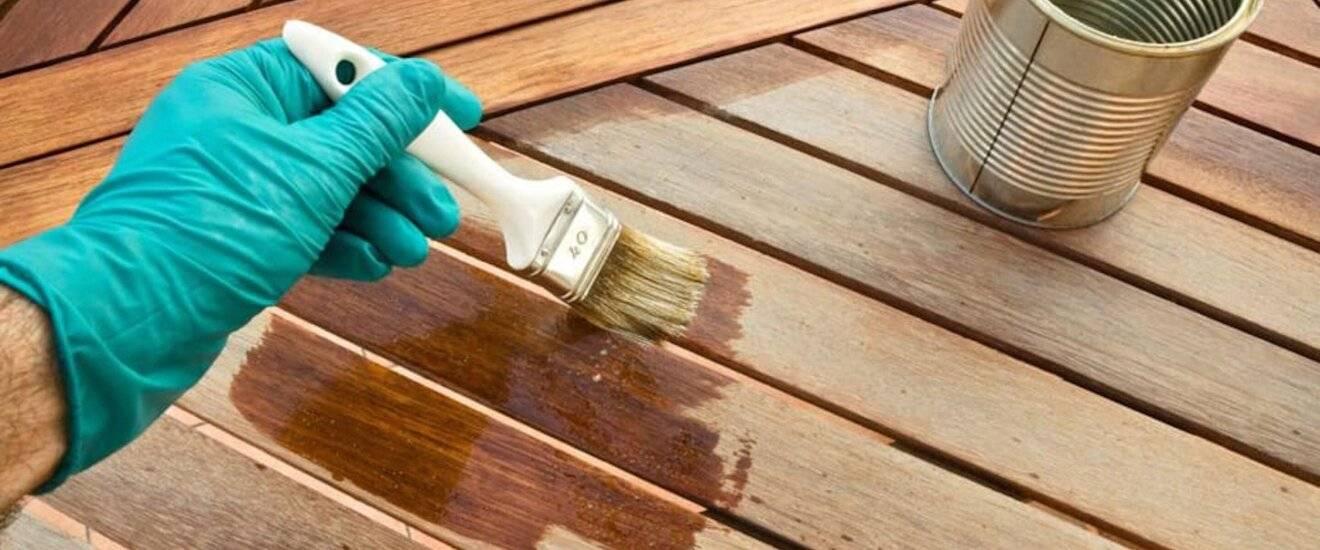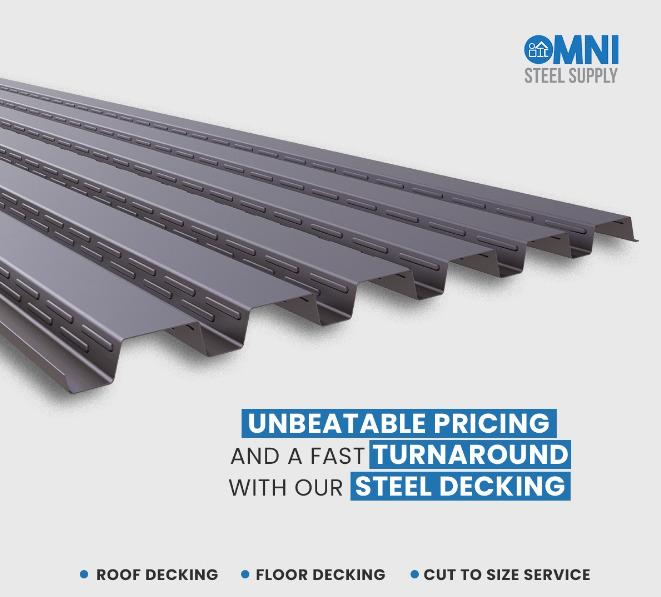Wood Preservatives Market: Eco-Friendly Solutions for Wood Preservation
Wood Preservatives: Protecting Your Timber From Damage By Chemicals
Introduction to Timber Preservatives
Wood preservatives are chemical formulations designed to protect wood from damage caused by fungi, insects, marine borers and other organisms. Wood naturally deteriorates when exposed to these agents over time outdoors or in certain indoor environments. Preservatives work by inhibiting or preventing microbial growth and insect attacks that can weaken and destroy untreated wood. They are especially important for wood used in applications where it will be constantly exposed to moisture or organisms like outdoor decking, fencing, roofing shingles and more.
Types of Common Timber Preservatives
There are several main types of wood preservatives used today, each tailored for specific applications and environments:
- Creosote - Made from coal tar, creosote is highly effective against fungi and insects but also highly toxic. It is no longer recommended for residential use and has been replaced by other options in many locations. Still used for industrial applications like railroad ties and utility poles.
- Pentachlorophenol (PCP) - Another very effective broad-spectrum preservative containing chlorine, PCP has come under environmental scrutiny due to toxicity concerns. Still registered for certain industrial uses but alternatives are often preferred in residential settings.
- Copper-based - Formulations made with copper, either as elemental copper or as salts/compounds. Examples include alkaline copper quaternary (ACQ), copper azole (CA) and copper citrate. They provide excellent protection against mold, mildew and rot. Highly recommended for decks, siding and outdoor woodwork.
-Zinc Borate - A non-toxic option effective against fungi and somewhat against insects. Commonly used preservative for indoor applications and also outdoor situations where contact with soil or water is limited. Less corrosion resistant than copper.
- Natural alternatives - Preservatives made from natural oils and extracts which may provide certain benefits but less protection than synthetic options. Examples include plant-based oils, silicates and borate/borate blends.
Proper Application Is Crucial
For wood preservatives to work as intended, they must be applied correctly so the active ingredients permeate deep into the wood cells and tissues where decay begins. There are two main application methods:
- Pressure treatment - Considered the gold standard, pressure treatment forces preservative deep into the wood under vacuum and pressure conditions. It results in the highest possible protection. Necessary for applications like fencing, decking and outdoor structures.
- Surface application - Allows brushing, rolling or spraying preservatives onto cut or sanded wood surfaces. Can help protect exposed surfaces but does not provide the same deep penetration as pressure treatment. Better suited to spot-treating repairs than full protection of outdoor wood. Multiple coats over time may help penetration.
Following Treatment Maintenance
Even with proper preservative application, exterior wood will gradually lose protection over time due to weathering. For ongoing protection:
- Reapply preservative periodically, usually every 1-3 years depending on wood species and exposure - Follow manufacturer guidance for maximum effectiveness. Look for fading or drying of previous applications as a sign it is time.
- Keep surfaces clean and dry when possible - Fungi and insects have an easier time attacking wet or dirty wood. Periodic cleaning helps maintain a preservative barrier.
- Ensure good air circulation - Decay pathways are reduced in wood that stays dry rather than constantly damp or wet on all sides. Good spacing between boards and off the ground aids this.
- Repair any damage promptly - Cracks, scrapes or cuts allow moisture and organisms direct access, circumventing preserved layers. Filling and sealing repairs helps protect the interior wood.
In Summary, with the right preservative selection and proper application and maintenance techniques, wood used outdoors or in problem indoor areas can enjoy extended, attractive lifespans while resisting the impacts of natural decay. Following these best practices helps preserve both the wood material and any investment made in wood structures and projects.
Wood Preservatives: Protecting Your Timber From Damage By Chemicals
Introduction to Timber Preservatives
Wood preservatives are chemical formulations designed to protect wood from damage caused by fungi, insects, marine borers and other organisms. Wood naturally deteriorates when exposed to these agents over time outdoors or in certain indoor environments. Preservatives work by inhibiting or preventing microbial growth and insect attacks that can weaken and destroy untreated wood. They are especially important for wood used in applications where it will be constantly exposed to moisture or organisms like outdoor decking, fencing, roofing shingles and more.
Types of Common Timber Preservatives
There are several main types of wood preservatives used today, each tailored for specific applications and environments:
- Creosote - Made from coal tar, creosote is highly effective against fungi and insects but also highly toxic. It is no longer recommended for residential use and has been replaced by other options in many locations. Still used for industrial applications like railroad ties and utility poles.
- Pentachlorophenol (PCP) - Another very effective broad-spectrum preservative containing chlorine, PCP has come under environmental scrutiny due to toxicity concerns. Still registered for certain industrial uses but alternatives are often preferred in residential settings.
- Copper-based - Formulations made with copper, either as elemental copper or as salts/compounds. Examples include alkaline copper quaternary (ACQ), copper azole (CA) and copper citrate. They provide excellent protection against mold, mildew and rot. Highly recommended for decks, siding and outdoor woodwork.
-Zinc Borate - A non-toxic option effective against fungi and somewhat against insects. Commonly used preservative for indoor applications and also outdoor situations where contact with soil or water is limited. Less corrosion resistant than copper.
- Natural alternatives - Preservatives made from natural oils and extracts which may provide certain benefits but less protection than synthetic options. Examples include plant-based oils, silicates and borate/borate blends.
Proper Application Is Crucial
For wood preservatives to work as intended, they must be applied correctly so the active ingredients permeate deep into the wood cells and tissues where decay begins. There are two main application methods:
- Pressure treatment - Considered the gold standard, pressure treatment forces preservative deep into the wood under vacuum and pressure conditions. It results in the highest possible protection. Necessary for applications like fencing, decking and outdoor structures.
- Surface application - Allows brushing, rolling or spraying preservatives onto cut or sanded wood surfaces. Can help protect exposed surfaces but does not provide the same deep penetration as pressure treatment. Better suited to spot-treating repairs than full protection of outdoor wood. Multiple coats over time may help penetration.
Following Treatment Maintenance
Even with proper preservative application, exterior wood will gradually lose protection over time due to weathering. For ongoing protection:
- Reapply preservative periodically, usually every 1-3 years depending on wood species and exposure - Follow manufacturer guidance for maximum effectiveness. Look for fading or drying of previous applications as a sign it is time.
- Keep surfaces clean and dry when possible - Fungi and insects have an easier time attacking wet or dirty wood. Periodic cleaning helps maintain a preservative barrier.
- Ensure good air circulation - Decay pathways are reduced in wood that stays dry rather than constantly damp or wet on all sides. Good spacing between boards and off the ground aids this.
- Repair any damage promptly - Cracks, scrapes or cuts allow moisture and organisms direct access, circumventing preserved layers. Filling and sealing repairs helps protect the interior wood.
In Summary, with the right preservative selection and proper application and maintenance techniques, wood used outdoors or in problem indoor areas can enjoy extended, attractive lifespans while resisting the impacts of natural decay. Following these best practices helps preserve both the wood material and any investment made in wood structures and projects.
Wood Preservatives Market: Eco-Friendly Solutions for Wood Preservation
Wood Preservatives: Protecting Your Timber From Damage By Chemicals
Introduction to Timber Preservatives
Wood preservatives are chemical formulations designed to protect wood from damage caused by fungi, insects, marine borers and other organisms. Wood naturally deteriorates when exposed to these agents over time outdoors or in certain indoor environments. Preservatives work by inhibiting or preventing microbial growth and insect attacks that can weaken and destroy untreated wood. They are especially important for wood used in applications where it will be constantly exposed to moisture or organisms like outdoor decking, fencing, roofing shingles and more.
Types of Common Timber Preservatives
There are several main types of wood preservatives used today, each tailored for specific applications and environments:
- Creosote - Made from coal tar, creosote is highly effective against fungi and insects but also highly toxic. It is no longer recommended for residential use and has been replaced by other options in many locations. Still used for industrial applications like railroad ties and utility poles.
- Pentachlorophenol (PCP) - Another very effective broad-spectrum preservative containing chlorine, PCP has come under environmental scrutiny due to toxicity concerns. Still registered for certain industrial uses but alternatives are often preferred in residential settings.
- Copper-based - Formulations made with copper, either as elemental copper or as salts/compounds. Examples include alkaline copper quaternary (ACQ), copper azole (CA) and copper citrate. They provide excellent protection against mold, mildew and rot. Highly recommended for decks, siding and outdoor woodwork.
-Zinc Borate - A non-toxic option effective against fungi and somewhat against insects. Commonly used preservative for indoor applications and also outdoor situations where contact with soil or water is limited. Less corrosion resistant than copper.
- Natural alternatives - Preservatives made from natural oils and extracts which may provide certain benefits but less protection than synthetic options. Examples include plant-based oils, silicates and borate/borate blends.
Proper Application Is Crucial
For wood preservatives to work as intended, they must be applied correctly so the active ingredients permeate deep into the wood cells and tissues where decay begins. There are two main application methods:
- Pressure treatment - Considered the gold standard, pressure treatment forces preservative deep into the wood under vacuum and pressure conditions. It results in the highest possible protection. Necessary for applications like fencing, decking and outdoor structures.
- Surface application - Allows brushing, rolling or spraying preservatives onto cut or sanded wood surfaces. Can help protect exposed surfaces but does not provide the same deep penetration as pressure treatment. Better suited to spot-treating repairs than full protection of outdoor wood. Multiple coats over time may help penetration.
Following Treatment Maintenance
Even with proper preservative application, exterior wood will gradually lose protection over time due to weathering. For ongoing protection:
- Reapply preservative periodically, usually every 1-3 years depending on wood species and exposure - Follow manufacturer guidance for maximum effectiveness. Look for fading or drying of previous applications as a sign it is time.
- Keep surfaces clean and dry when possible - Fungi and insects have an easier time attacking wet or dirty wood. Periodic cleaning helps maintain a preservative barrier.
- Ensure good air circulation - Decay pathways are reduced in wood that stays dry rather than constantly damp or wet on all sides. Good spacing between boards and off the ground aids this.
- Repair any damage promptly - Cracks, scrapes or cuts allow moisture and organisms direct access, circumventing preserved layers. Filling and sealing repairs helps protect the interior wood.
In Summary, with the right preservative selection and proper application and maintenance techniques, wood used outdoors or in problem indoor areas can enjoy extended, attractive lifespans while resisting the impacts of natural decay. Following these best practices helps preserve both the wood material and any investment made in wood structures and projects.
0 التعليقات
0 المشاركات



